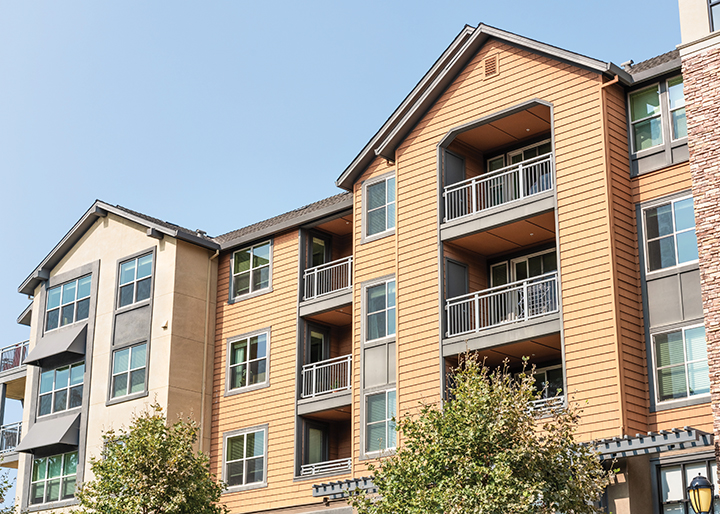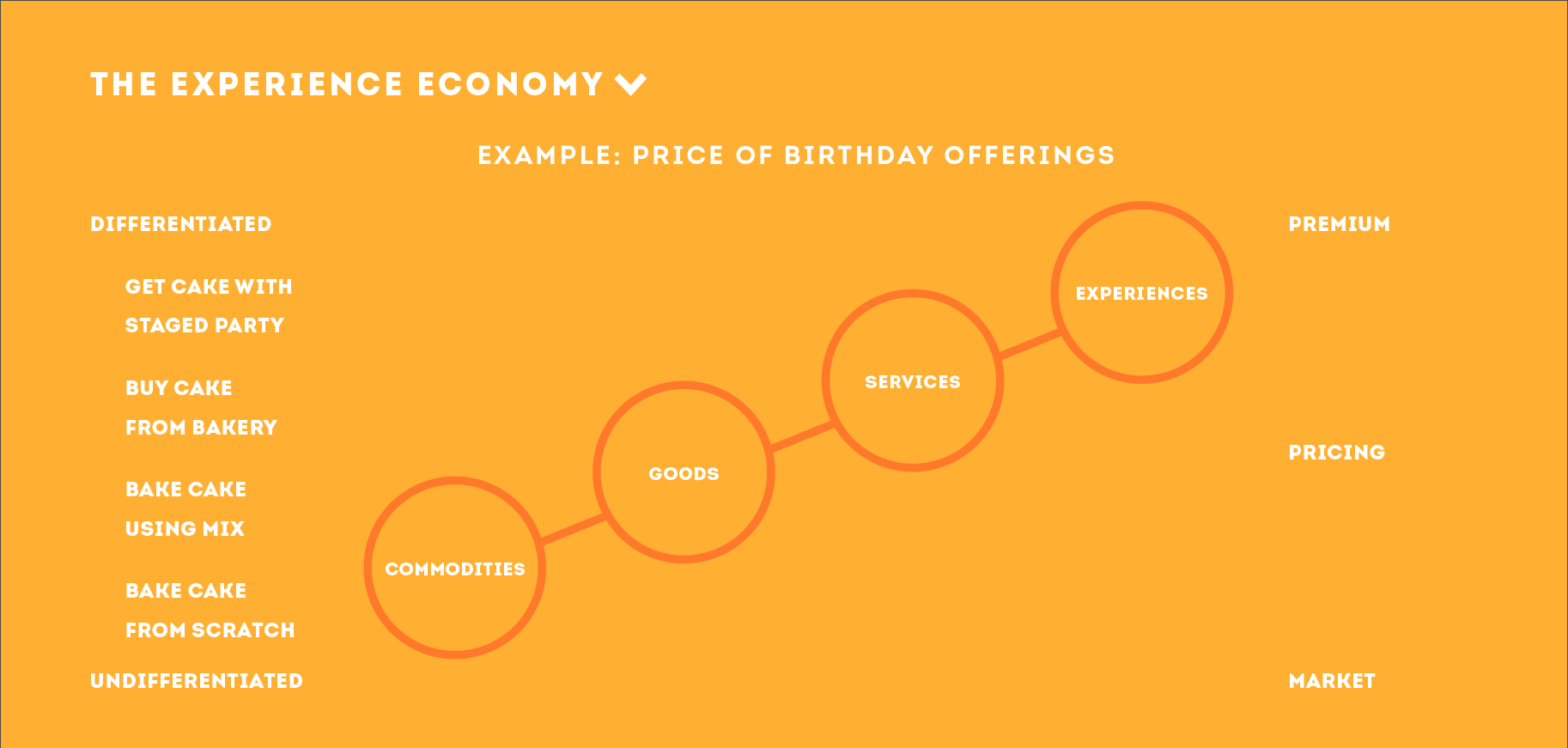Weathering the Eviction Moratorium
Think Ahead to Life After the Pandemic by Heather Park Property managers and rental owners are experiencing unprecedented times. With the recent extension to the eviction mortarium, property owners and managers face more time without crucial rental income to offset costs and pay mortgages. We know it’s difficult watching cash reserves deplete without the ability to use a critical method of lease enforcement to collect past-due rent or find renters
Read More











